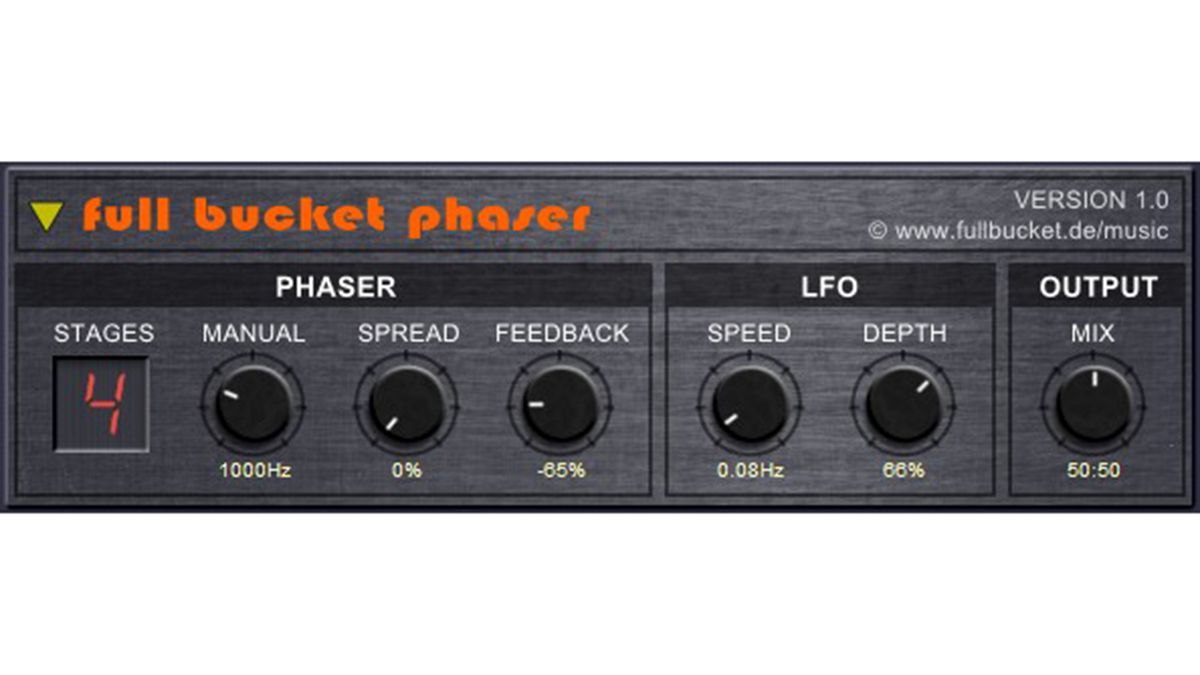Baby Or Bucket Mac OS
Apparently, there are several issues with the current NC 2.6.1 desktop App on Mac OS X / macOS. Some of these are new issues some others seem not being covered in the NC 2.6.1 RC1 phase or may be truly old bugs, unfortunately. Thus I as a poor user take the liberty to propose this bucket list to get some awareness and for collecting issues.
macOS NC 2.6.2 bucket list
Baby Or Bucket Mac Os Update
downgrade to 2.6.0stable solves the problem. but not real solution, 2.6…1 should work properly, too
macOS NC 2.7.0 bucket list
TBD
You found an old bug again / a new issue / idea for a new feature?
13 Mar 2020 Full Bucket Music releases Tricent mk III for Mac & Win VST & AU 24 Feb 2020 Full Bucket Music updates FBVC to v1.0.2 09 Dec 2019 Full Bucket Music releases Full Bucket Vocoder FBVC for Mac & Win VST & AU 02 Dec 2019 Full Bucket Music releases free FB Phaser for Mac & Win VST & AU 22 Aug 2019 Full Bucket Music updates ModulAir to v.
- Explore the world of Mac. Check out MacBook Pro, MacBook Air, iMac, Mac mini, and more. Visit the Apple site to learn, buy, and get support.
- Get Videostream. Download for Windows (64-bit) Download for Windows (32-bit) Download for Mac OS As of 2018, Google is discontinuing Chrome Apps. The newest version of Videostream (v2, baby!) installs right onto your computer.
- Buckets is an Amazon S3 client for Mac OS X. Easily manage your S3 account with a slick, native UI. Main features: - Browse all of your buckets, folders and files. Create new buckets and assign them to any of the 8 supported regions. Create new folders with the button, or by hitting Command N within a bucket.
- Download macOS Catalina for an all‑new entertainment experience. Your music, TV shows, movies, podcasts, and audiobooks will transfer automatically to the Apple Music, Apple TV, Apple Podcasts, and Apple Books apps where you’ll still have access to your favorite iTunes features, including purchases, rentals, and imports.
Get involved:
- Please consider to download and enable the NC Issue template App as this could help in producing the appropriate details for reports.
- However: Issue template – Release for Nextcloud 17? #159
- Drop something reasonable at desktop/issues
- Did you know? One may make use of the owned GitHub credentials for log-in into this forum.
It’s all FOSS and being agile, I presume. Just join the quest and catch the most ugly bugs and help devs to bring around the features you want…!
As of January 2014, it’s not worth bothering with the “s3fs” software for mounting Amazon S3 buckets on your local filesystem.
The idea of s3fs is simple and great: use FUSE (Filesystem in Userspace) to “mount” the S3 bucket the same way you’d mount, say, an NFS drive or a partition of a disk. Manipulate the files, let s3fs sync it in the background. Sure, you lose some reliability, but we’ve had NFS and SMB and all kinds of somewhat-latent-over-an-unreliable-link-but-mostly-with-filesystem-semantics software for decades now, right?
Well, forget it. s3fs as of January 2014, used on Mac OS X and against an existing set of buckets, is so utterly unreliable as to be useless.

First, s3fs cannot “see” existing folders. This is because folders are a bit of hack on S3 and weren’t done in a standardized, documented way when s3fs was first written. However, since then, at least two other ways of creating folders on S3 have gained currency: an older, deprecated way with Firefox plugin S3Fox, and a newer defacto standard way with Amazon’s own management dashboard/browser for S3. Whatever the historical reason, you can’t see the existing folders.
Second, although from mailing list posts, theoretically you can *create* an s3fs folder with the same name as your existing folder, and then its contents will magically become visible, empirically something rather different happens. A mkdir on the s3fs mount leads to the creation of a mangled *regular* file on the S3 dashboard. Now you have two “folders,” each of which is unusable as a folder on the other (S3 dashboard, or s3fs) system. Argh.
Finally, you might say, ok, fine, this will just make me use flat-level, non-folder-nested choices about my S3 architecture. (Leave aside for the moment that the very reason you want to use S3 is probably exactly so that you can have lots and lots and lots and lots (like 10^8+) files in a way that will cripple any reasonable filesystem tools that see them all in one “directory.”) However, even that doesn’t work reliably, as s3fs demonstrated today when it went into “write-only mode” such that I could create files locally that would show up on S3 but that subsequently would disappear from my local filesystem. WTF?!?
Baby Or Bucket Mac Os Download
The unfortunate answer is: S3 is not a filesystem, and it was created by people who are smarter than you, and who have very craftily calculated that if you are forced to weave in the S3 API and its limitations into your application code, you will have a damn hard time ripping it out of your infrastructure, and so they are going to have you do just that. They do not want it to be used as a filesystem, and so guess what: you are *not* going to use it as a filesystem. Not gonna happen.
Say what you will, but our hometown heroes here in Seattle are no dummies. Embrace, extend, extinguish, baby. Not just for OS companies anymore…
(Yes, I know that s3fs is not an Amazon project. But it appears to be the community’s best attempt to put filesystem semantics around S3, and that attempt has been rejected by AWS’s immune system.)
Baby Or Bucket Mac Os Catalina
Tags: aws, fstab, fuse, mount, s3, s3fs